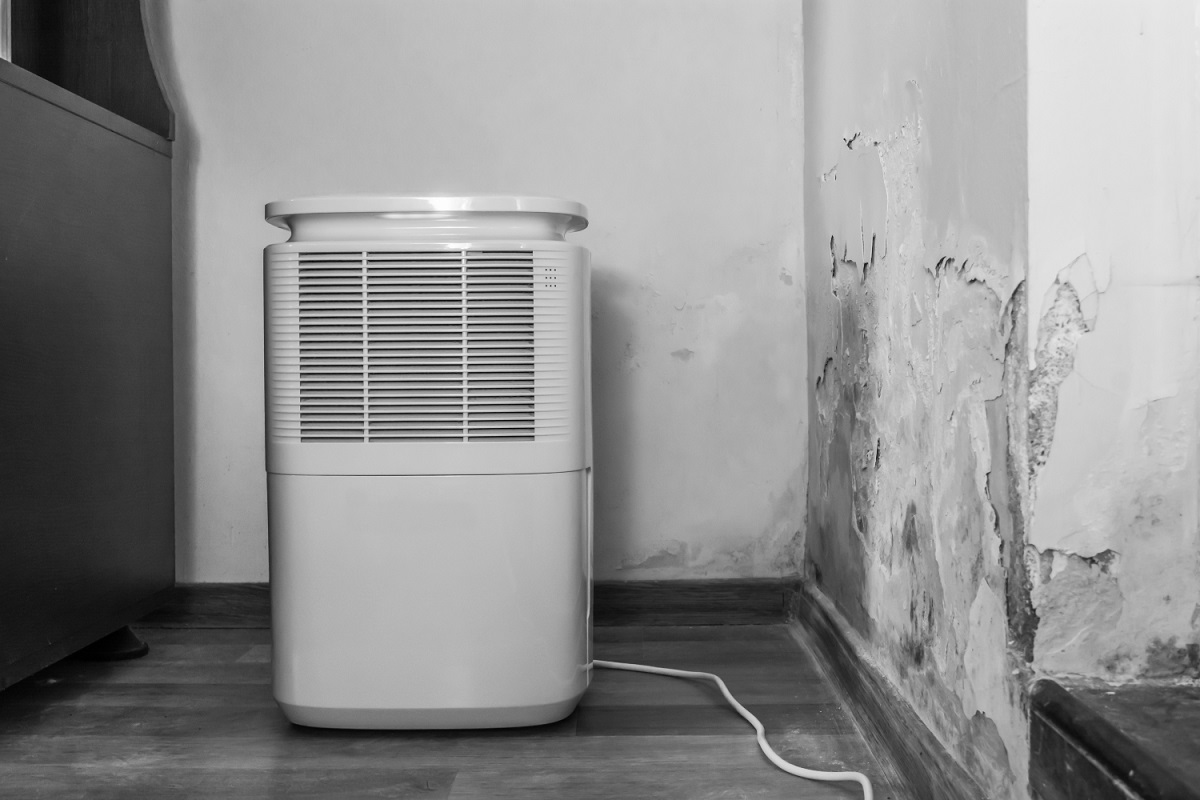

Articles
How To Use Dehumidifier For Basement
Modified: August 28, 2024
Learn how to effectively use a dehumidifier for your basement in this informative articles. Discover practical tips and techniques to keep your basement dry and mold-free.
(Many of the links in this article redirect to a specific reviewed product. Your purchase of these products through affiliate links helps to generate commission for Storables.com, at no extra cost. Learn more)
Introduction
Welcome to our comprehensive guide on how to use a dehumidifier for your basement. A dehumidifier is a valuable tool that can help you control the humidity levels in your basement, preventing various issues such as mold, mildew, musty odors, and structural damage. Whether you have a finished basement or an unfinished storage area, using a dehumidifier can transform your basement into a dry, comfortable, and healthy space.
In this article, we will walk you through the basics of dehumidifiers and provide step-by-step instructions on how to effectively use one in your basement. We will explore how to assess the moisture levels in your basement, choose the right dehumidifier for your specific needs, install and place the dehumidifier properly, and operate and maintain it for optimal performance. Additionally, we will provide some useful tips to maximize the effectiveness of your dehumidifier and troubleshoot common issues that may arise.
Whether you are experiencing excessive dampness in your basement or looking to prevent potential problems, this guide will equip you with the necessary knowledge and techniques to make the most out of your dehumidifier. So, let’s dive in and discover how to create a dry and inviting basement environment!
Key Takeaways:
- Properly assess moisture levels in your basement before choosing a dehumidifier to ensure optimal performance and effectiveness in controlling humidity and preventing issues like mold and musty odors.
- Maximize the effectiveness of your dehumidifier by implementing tips such as improving ventilation, controlling condensation, and addressing water leaks, while also being prepared to troubleshoot common issues for smooth operation.
Read more: How To Install A Dehumidifier In Basement
Understanding the Basics of a Dehumidifier
Before delving into how to use a dehumidifier for your basement, let’s first understand what a dehumidifier is and how it works. A dehumidifier is an appliance designed to remove excess moisture from the air, helping to maintain a desired level of humidity in a specific area.
The main components of a dehumidifier include a refrigeration system, a fan, and a collection bucket or drainage system. The refrigeration system works by drawing in moist air through the dehumidifier’s intake, passing it over cold coils to condense the moisture, and then releasing the drier air back into the room. The condensed moisture collects in the bucket or is drained away through a hose.
Now that we have a basic understanding of how a dehumidifier operates, it’s important to recognize why they are particularly useful for basements. Basements often have higher humidity levels due to factors like poor ventilation, lack of sunlight, and proximity to the ground. Additionally, water seepage or leaks from plumbing can contribute to increased moisture levels. These conditions make basements susceptible to dampness, mold growth, and foul odors.
By using a dehumidifier in your basement, you can effectively control and regulate the humidity levels, mitigating the risk of these issues. The optimal humidity range for a basement typically falls between 30% and 50%. By maintaining humidity within this range, you can prevent mold and mildew growth, protect structural integrity, and create a more comfortable environment.
When considering a dehumidifier for your basement, there are several features to keep in mind. Look for a dehumidifier with a suitable capacity based on the size of your basement. Consider energy efficiency ratings to minimize operating costs. Some dehumidifiers may also offer additional features like adjustable humidity settings, automatic shut-off, or continuous drainage options.
Now that you have an understanding of the basics of a dehumidifier and why it is essential for your basement, let’s move on to the next step: assessing the moisture levels in your basement.
Assessing the Moisture Levels in Your Basement
Before investing in a dehumidifier for your basement, it’s crucial to assess the moisture levels to determine the severity of the issue and the appropriate action to take. Here are some methods to help you assess the moisture levels in your basement:
- Visual Inspection: Begin by visually inspecting your basement for signs of moisture. Look for water stains, discoloration on walls or floors, peeling paint, or visible mold growth. These visual cues can indicate high moisture levels.
- Use a Hygrometer: A hygrometer is a humidity measuring device that can provide an accurate reading of the moisture levels in your basement. Place the hygrometer in various locations to get a comprehensive understanding of the humidity levels throughout the space. Ideally, the humidity should be between 30% and 50%.
- Check for Condensation: Check for condensation on windows, pipes, or other surfaces in your basement. Condensation is a clear sign of high humidity levels, indicating that a dehumidifier is needed to remove excess moisture from the air.
- Inspect musty odors: Musty odors are often a sign of mold or mildew growth, indicative of high moisture levels. If you notice a lingering musty smell in your basement, it’s important to address the issue promptly.
- Look for Water Leaks: Inspect your basement for any signs of water leaks or seepage. Check for wet spots, water stains on walls or floors, or any visible signs of water infiltration. Addressing such leaks is imperative to prevent ongoing moisture problems.
By utilizing these assessment methods, you can gain a better understanding of the moisture levels in your basement. This knowledge will help you determine the severity of the issue and guide you in selecting an appropriate dehumidifier for your specific needs.
Once you have assessed the moisture levels and determined that a dehumidifier is necessary, the next step is to choose the right dehumidifier for your basement. We will discuss this in detail in the next section.
Choosing the Right Dehumidifier for Your Basement
Now that you have assessed the moisture levels in your basement and confirmed the need for a dehumidifier, it’s time to choose the right one for your specific requirements. Consider the following factors when selecting a dehumidifier:
- Capacity: The capacity of a dehumidifier refers to the amount of moisture it can remove from the air in a given period. It is measured in pints per day. Calculate the square footage of your basement and the level of humidity to determine the appropriate capacity. Generally, larger basements or areas with high humidity levels will require a dehumidifier with a higher capacity.
- Energy Efficiency: Look for dehumidifiers with an Energy Star rating, as they are designed to be more energy-efficient. This can help reduce your energy consumption and lower your utility bills in the long run.
- Drainage Options: Consider the drainage options available with the dehumidifier. Some models have a built-in collection bucket that needs to be manually emptied when full. Others have a continuous drainage option, allowing you to connect a hose directly to a drain or a sump pump. Continuous drainage is convenient if you don’t want to monitor and empty the bucket regularly.
- Additional Features: Depending on your preferences and needs, consider additional features such as adjustable humidity settings, automatic shut-off, programmable timers, and digital displays. These features can enhance the user experience and provide more control over the dehumidifier’s operation.
- Noise Level: If noise is a concern for you, check the noise level of the dehumidifier before making a purchase. Some models are designed to operate quietly, making them ideal for basements that are also used as living or entertainment areas.
It’s also beneficial to read customer reviews and compare different brands and models. This will give you insights into the performance, durability, and overall satisfaction of other users.
Remember, choosing the right dehumidifier for your basement is crucial for its effectiveness and efficiency. Taking the time to consider these factors will ensure that you invest in a dehumidifier that meets your specific requirements and provides optimal results.
Once you have selected the right dehumidifier, the next step is to properly install and place it in your basement. We will discuss this in the next section.
Installation and Placement of the Dehumidifier
Proper installation and placement of your dehumidifier are essential for maximizing its effectiveness. Follow these steps to ensure a successful setup:
- Choose a Central Location: Select a central location in your basement where the dehumidifier can effectively extract moisture from the air. Place it away from walls and furniture to allow for proper airflow.
- Check the Power Requirements: Ensure that the dehumidifier is compatible with the electrical outlets in your basement. Check the power requirements of the dehumidifier and make sure you have an available outlet nearby.
- Consider Drainage Options: If your dehumidifier has a built-in collection bucket, position it near a sink or floor drain for easy emptying. If you have opted for continuous drainage, position the dehumidifier near a suitable drain or sump pump and connect the hose.
- Clear the Area: Remove any obstructions or clutter around the dehumidifier to allow for proper air circulation and to prevent any interference with its operation.
- Level the Unit: Ensure that the dehumidifier is placed on a level surface to prevent leaks or malfunctions. Use a leveling tool if necessary.
- Set the Desired Humidity Level: Set the desired humidity level on the dehumidifier based on the recommended range for your basement. Most dehumidifiers have adjustable settings to allow you to choose your desired level of humidity.
- Turn on the Dehumidifier: Finally, plug in the dehumidifier and turn it on. Confirm that it is functioning correctly, and the fan and compressor are operating as expected.
Keep in mind that the placement and installation process may vary slightly depending on the specific model and manufacturer instructions. Refer to the user manual provided with your dehumidifier for any additional installation guidelines or specific requirements.
Once the dehumidifier is properly installed, it’s time to understand how to operate and maintain it for optimal performance. We will discuss this in the next section.
Make sure to place the dehumidifier in the center of the basement for maximum coverage. Keep the doors and windows closed to trap moisture, and empty the water tank regularly.
Read more: Where To Place Dehumidifier In Basement
Operating and Maintaining Your Dehumidifier
Operating and maintaining your dehumidifier properly is crucial for its long-term performance and efficiency. Here are some important guidelines to follow:
- Set the Fan Speed: Depending on the humidity levels in your basement, adjust the fan speed accordingly. Higher fan speeds are recommended for more humid conditions, while lower speeds are sufficient for maintaining lower humidity levels.
- Regularly Empty or Drain the Collection Bucket: If your dehumidifier has a collection bucket, check it regularly and empty it when it fills up. This prevents overflowing and potential water damage. With continuous drainage, ensure the hose remains securely connected and free of any blockages.
- Clean and Replace Filters: Clean or replace the filters according to the manufacturer’s instructions. Dirty filters can hinder the dehumidifier’s performance and reduce its efficiency. Regular cleaning or replacement ensures optimal air flow and moisture removal.
- Check for Frost Buildup: If you notice frost or ice buildup on the coils, it indicates a problem with the dehumidifier. Turn off the unit and allow it to defrost completely before restarting it. If the issue persists, consult the user manual or contact customer support.
- Keep the Area Around the Dehumidifier Clean: Regularly clean the area around the dehumidifier to prevent dust and debris from accumulating. This promotes better airflow and prevents the dehumidifier from becoming clogged.
- Monitor and Adjust Humidity Levels: Keep an eye on the humidity levels in your basement using a hygrometer. Adjust the settings on the dehumidifier accordingly to maintain an optimal humidity range (typically between 30% and 50%).
- Power Cycling: In situations where the dehumidifier cannot automatically restart after a power outage, make sure to turn off the unit and unplug it before restoring power.
Regular maintenance and diligent operation will ensure that your dehumidifier functions at its best, providing efficient moisture control in your basement. By following these guidelines, you can prevent potential issues and prolong the lifespan of your dehumidifier.
Now that you have a solid understanding of how to operate and maintain your dehumidifier, let’s explore some useful tips for maximizing its effectiveness in the next section.
Tips for Maximizing the Effectiveness of Your DehumidifierTo ensure that your dehumidifier functions at its highest efficiency and provides optimal moisture control in your basement, consider implementing the following tips:
- Close Doors and Windows: To prevent outside humidity from entering your basement, keep doors and windows closed as much as possible.
- Improve Ventilation: Improve air circulation in your basement by using fans or opening vents. This helps distribute the dehumidified air evenly throughout the space.
- Address Water Leaks: Fix any water leaks or sources of moisture in your basement promptly. Repairing these issues prevents additional moisture from entering the space and overworking the dehumidifier.
- Use a Waterproofing System: Consider installing a basement waterproofing system to prevent water intrusion. This can significantly reduce the moisture levels in your basement, thereby reducing the workload of your dehumidifier.
- Control Condensation: Use insulation on cold surfaces such as pipes or walls to minimize condensation. This reduces the overall humidity in the basement and helps the dehumidifier work more effectively.
- Keep the Dehumidifier Running Continuously: For optimal results, it’s recommended to run the dehumidifier continuously, especially during periods of high humidity or when moisture issues are prevalent. This constant operation helps maintain a stable humidity level in the basement.
- Regularly Clean the Air Vents: Keep the air vents on your dehumidifier clean and free from obstructions. Blocked vents can impede airflow and reduce the dehumidifier’s efficiency.
- Position the Dehumidifier Away from Obstacles: Avoid placing objects in front of the dehumidifier that could impede the intake or output of air. Allow for adequate space around the unit for proper airflow.
- Consider Air Filters: In addition to the dehumidifier’s filters, using standalone air purifiers with HEPA filters can further improve air quality by removing additional particles, allergens, and odors.
- Regularly Inspect and Clean the Drainage System: If your dehumidifier has a drainage system, check it regularly for any clogs or blockages. Clean and maintain the drainage hose to ensure proper water removal.
By implementing these tips, you can maximize the effectiveness of your dehumidifier and create a healthier, more comfortable environment in your basement. Remember, consistent maintenance, proper operation, and addressing any moisture-related issues are key to achieving the best results.
Now, let’s move on to the final section of our guide, which focuses on troubleshooting common issues that may arise with dehumidifiers.
Troubleshooting Common Issues with Dehumidifiers
While dehumidifiers are generally reliable appliances, some common issues may arise. Here are some troubleshooting tips for addressing these problems:
- Dehumidifier Not Turning On: Check if the unit is properly plugged in and the outlet is functioning. If the dehumidifier still doesn’t turn on, try resetting the circuit breaker or replacing the fuse. If the issue persists, it may require professional repair.
- No Moisture Removal: If the dehumidifier is running but not extracting moisture, check the humidity level. If the humidity is already within the desired range, the dehumidifier won’t actively remove moisture. Adjust the settings or use a hygrometer to ensure the humidity level is accurate.
- Frost or Ice Buildup: Frost or ice buildup on the coils is often caused by low temperatures. Ensure the room temperature is above 65°F (18°C). Additionally, clean or replace dirty filters, as clogged filters can restrict airflow and lead to frost formation.
- Excessive Noise: If your dehumidifier is making unusually loud noises, check if it is stable and level on the surface. Loose or damaged parts can also contribute to excess noise. If the noise persists, consult the user manual or contact customer support for further assistance.
- Overflowing Collection Bucket: If the dehumidifier’s collection bucket fills up quickly and overflows, check if the drainage hose is properly connected. Alternatively, make sure the bucket is inserted correctly and not damaged. Empty or clean the bucket as needed.
- Unpleasant Odors: If the dehumidifier produces unpleasant odors, it may be due to mold or mildew growth. Clean the unit thoroughly, following the manufacturer’s instructions. Additionally, consider using a dehumidifier with an antibacterial or odor-reducing filter.
- Poor Performance: If the dehumidifier seems to be running constantly without effectively reducing humidity, ensure that the unit is appropriately sized for your basement. If it is undersized for the space, consider upgrading to a higher-capacity model.
- Malfunctioning Controls: If the controls or settings on your dehumidifier are not responding or functioning properly, attempt a hard reset by unplugging the unit, waiting a few minutes, and plugging it back in. If the issue persists, consult the user manual or contact customer support.
If you encounter any issues with your dehumidifier that you are unable to resolve, refer to the user manual or contact the manufacturer’s customer support for further assistance. They can provide specific troubleshooting guidance based on the model and help you resolve the problem.
By addressing these common issues, you can ensure the smooth and efficient operation of your dehumidifier and maintain a dry and healthy basement environment.
With this troubleshooting guide, you are now equipped with the knowledge needed to overcome common challenges. Let’s conclude our article with a brief summary of the key points.
Conclusion
Congratulations! You now have a comprehensive understanding of how to use a dehumidifier for your basement effectively. By following the steps and guidelines outlined in this guide, you can create a dry, comfortable, and healthy environment in your basement.
We began by exploring the basics of a dehumidifier, its functionality, and its importance in controlling moisture levels. Assessing the moisture levels in your basement was highlighted as a crucial first step in determining the severity of the issue and selecting the right dehumidifier for your needs.
Choosing the appropriate dehumidifier involves considering factors such as capacity, energy efficiency, drainage options, and additional features. By making an informed decision, you can ensure that your dehumidifier performs optimally.
Proper installation and placement are key to maximizing the efficiency of your dehumidifier. By positioning it centrally, considering power requirements, and clearing the surrounding area, you can enhance its effectiveness in removing excess moisture from the air.
Operating and maintaining your dehumidifier correctly ensures its long-term performance. Regularly emptying or draining the collection bucket, cleaning or replacing filters, and monitoring humidity levels are essential tasks to keep your dehumidifier working efficiently.
To get the most out of your dehumidifier, we provided tips such as improving ventilation, controlling condensation, and running the unit continuously. These strategies will help create a healthier and more comfortable environment in your basement.
Finally, we addressed common troubleshooting issues that may arise with dehumidifiers. By following the troubleshooting tips provided, you can overcome these challenges and ensure the smooth operation of your dehumidifier.
Remember, maintaining a dry basement is not only important for your comfort but also for the overall health and integrity of your home. By using a dehumidifier properly, you can prevent issues such as mold growth, musty odors, and structural damage.
Thank you for joining us on this journey to learn how to use a dehumidifier for your basement. Now it’s time to implement these techniques and enjoy a clean, dry, and inviting basement space!
Frequently Asked Questions about How To Use Dehumidifier For Basement
Was this page helpful?
At Storables.com, we guarantee accurate and reliable information. Our content, validated by Expert Board Contributors, is crafted following stringent Editorial Policies. We're committed to providing you with well-researched, expert-backed insights for all your informational needs.
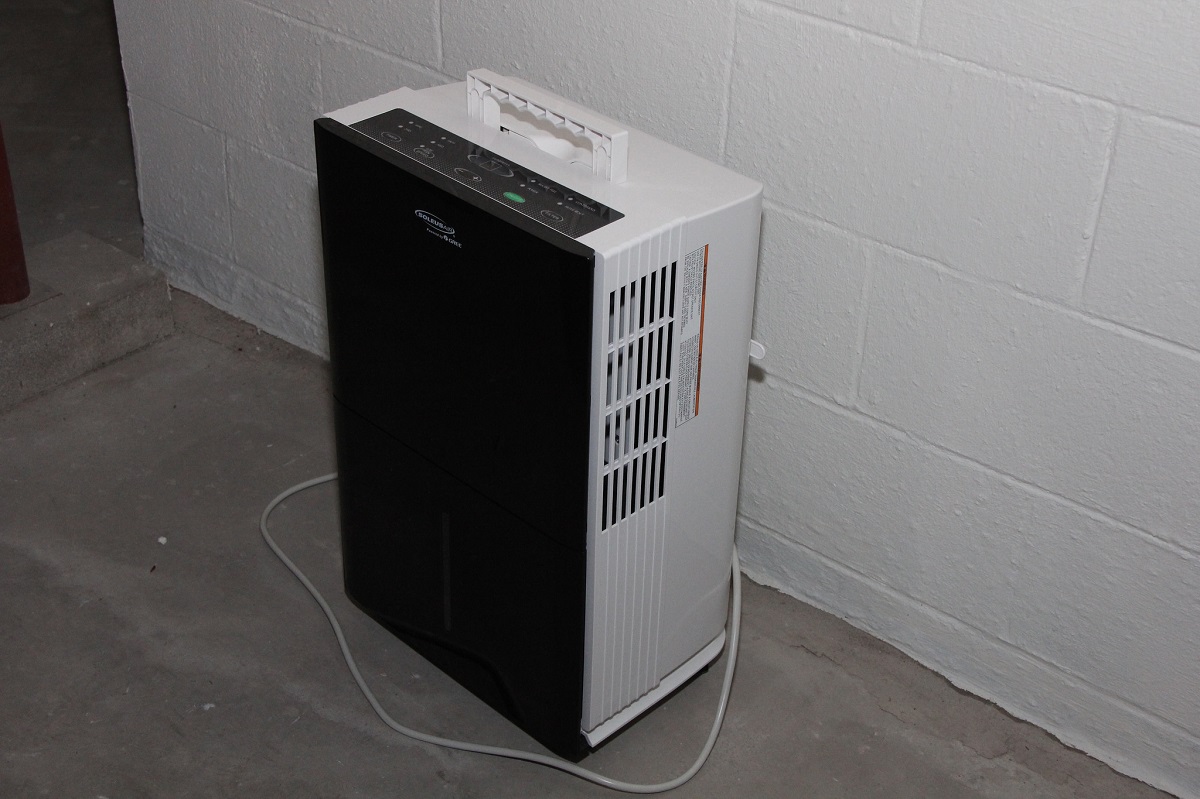
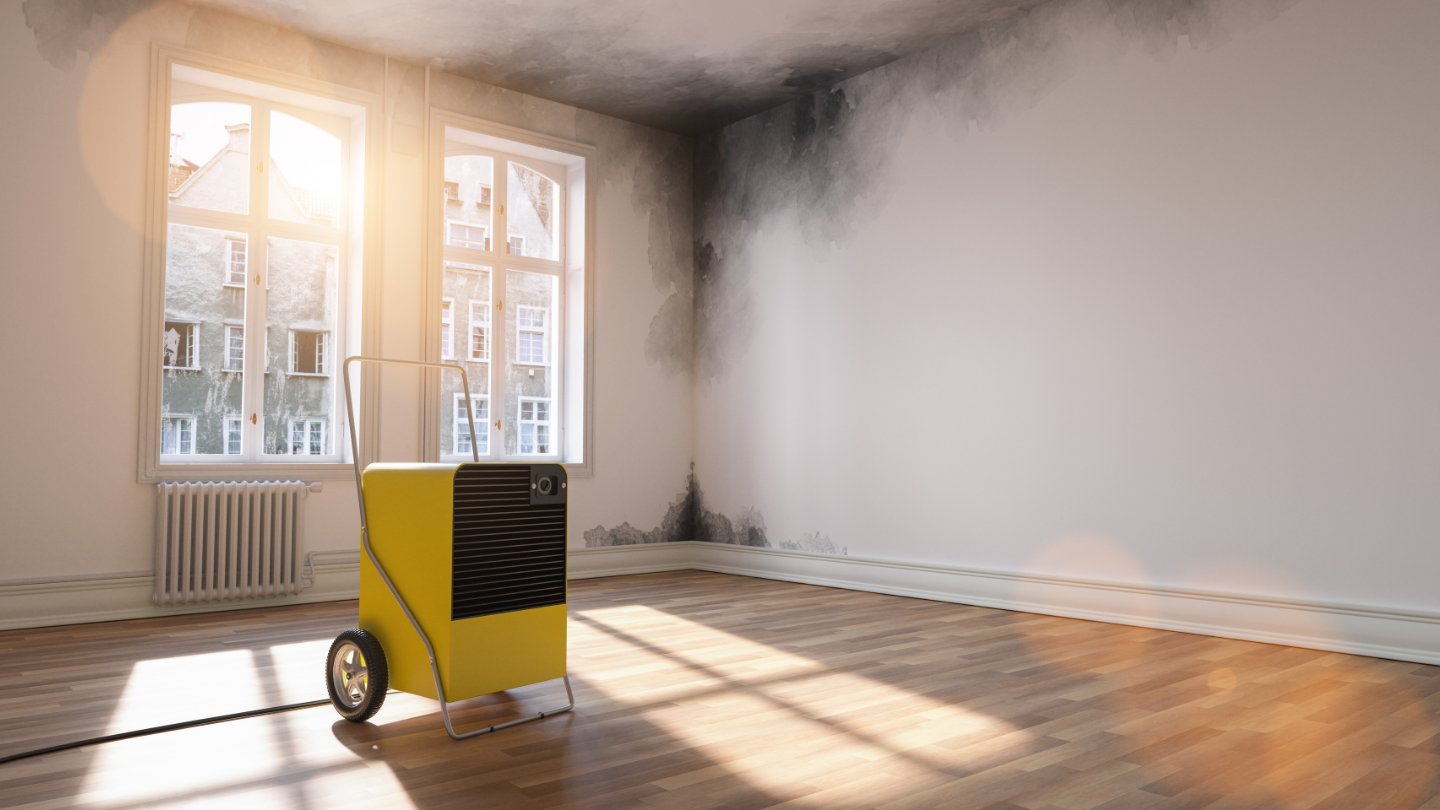
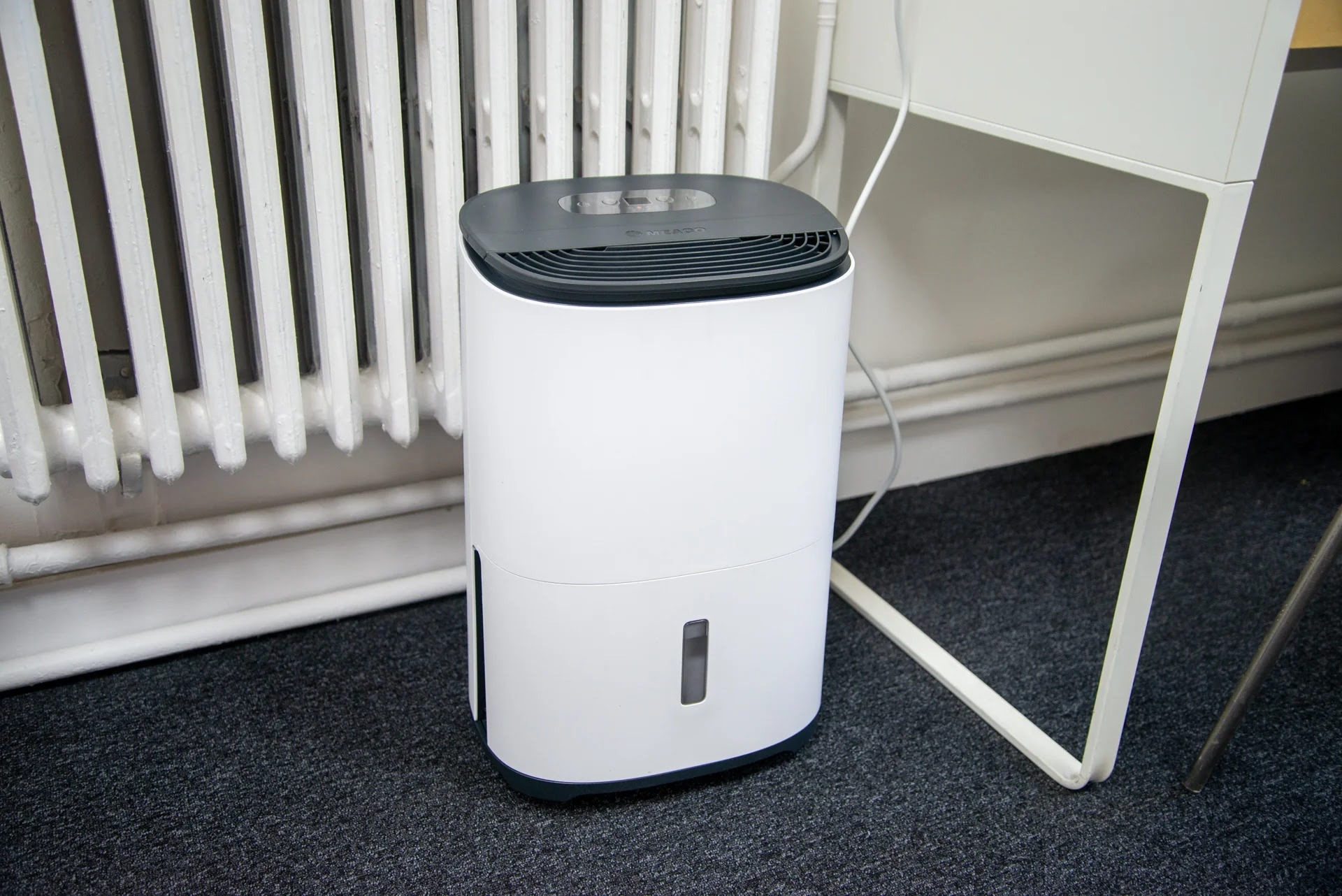
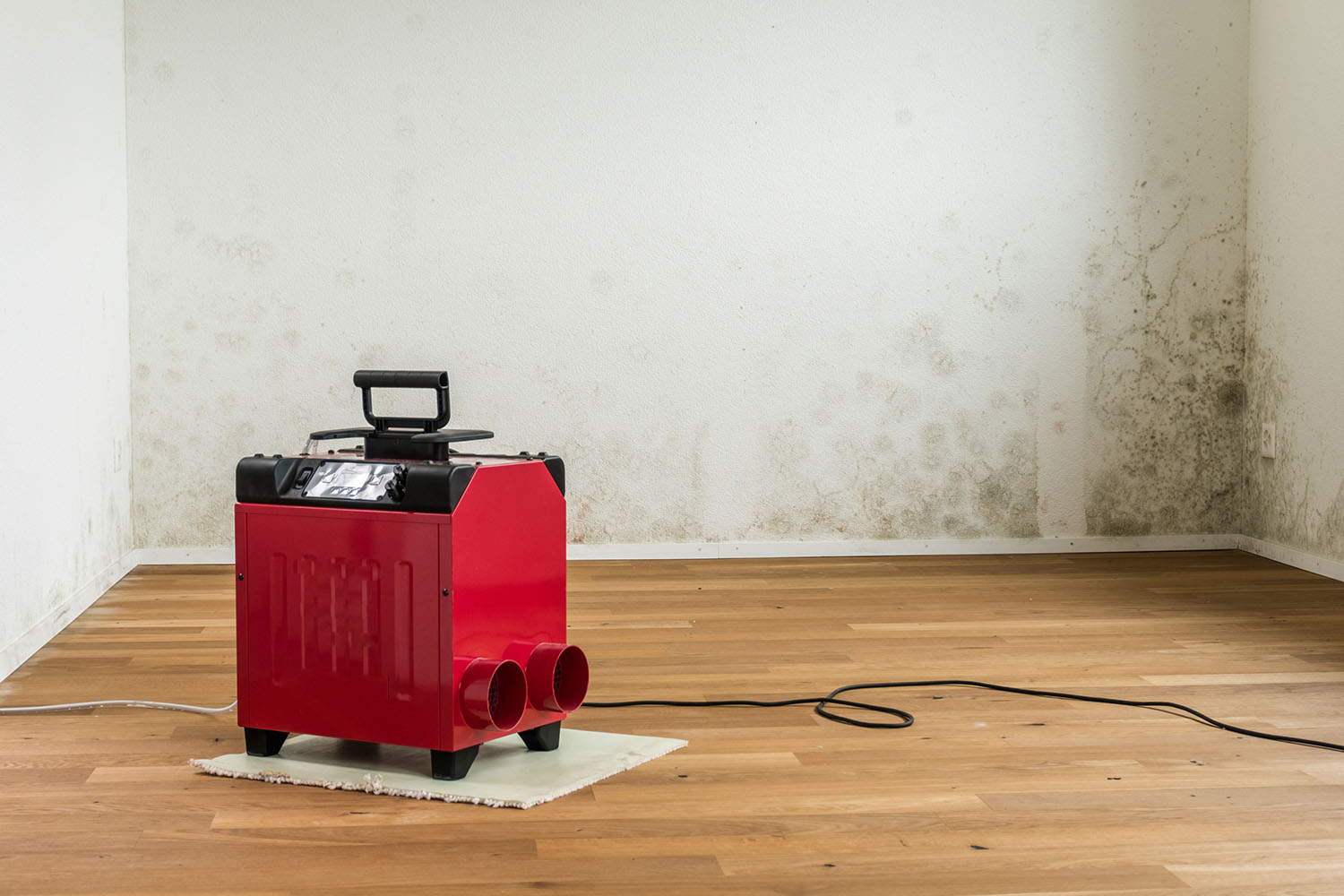
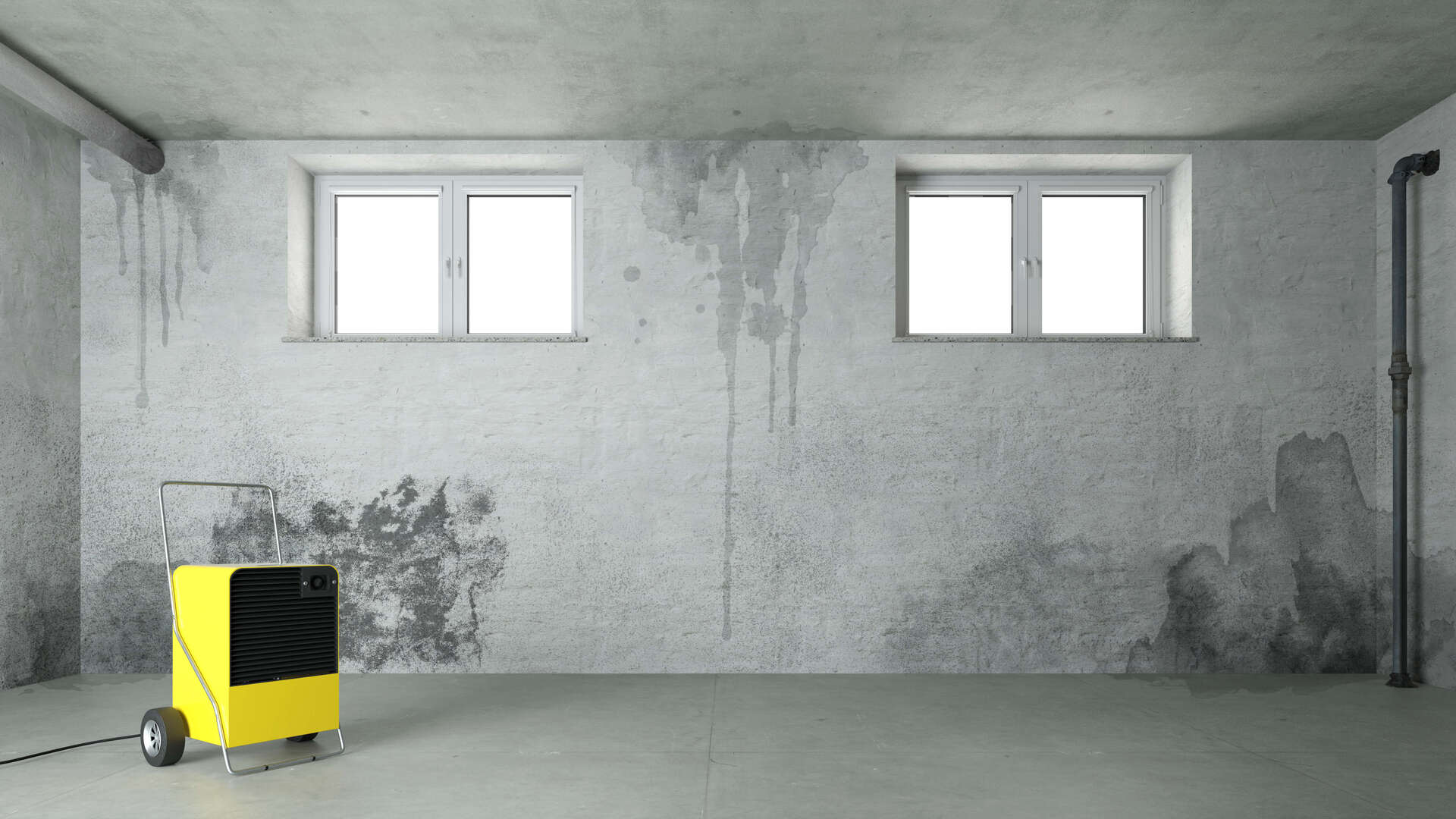
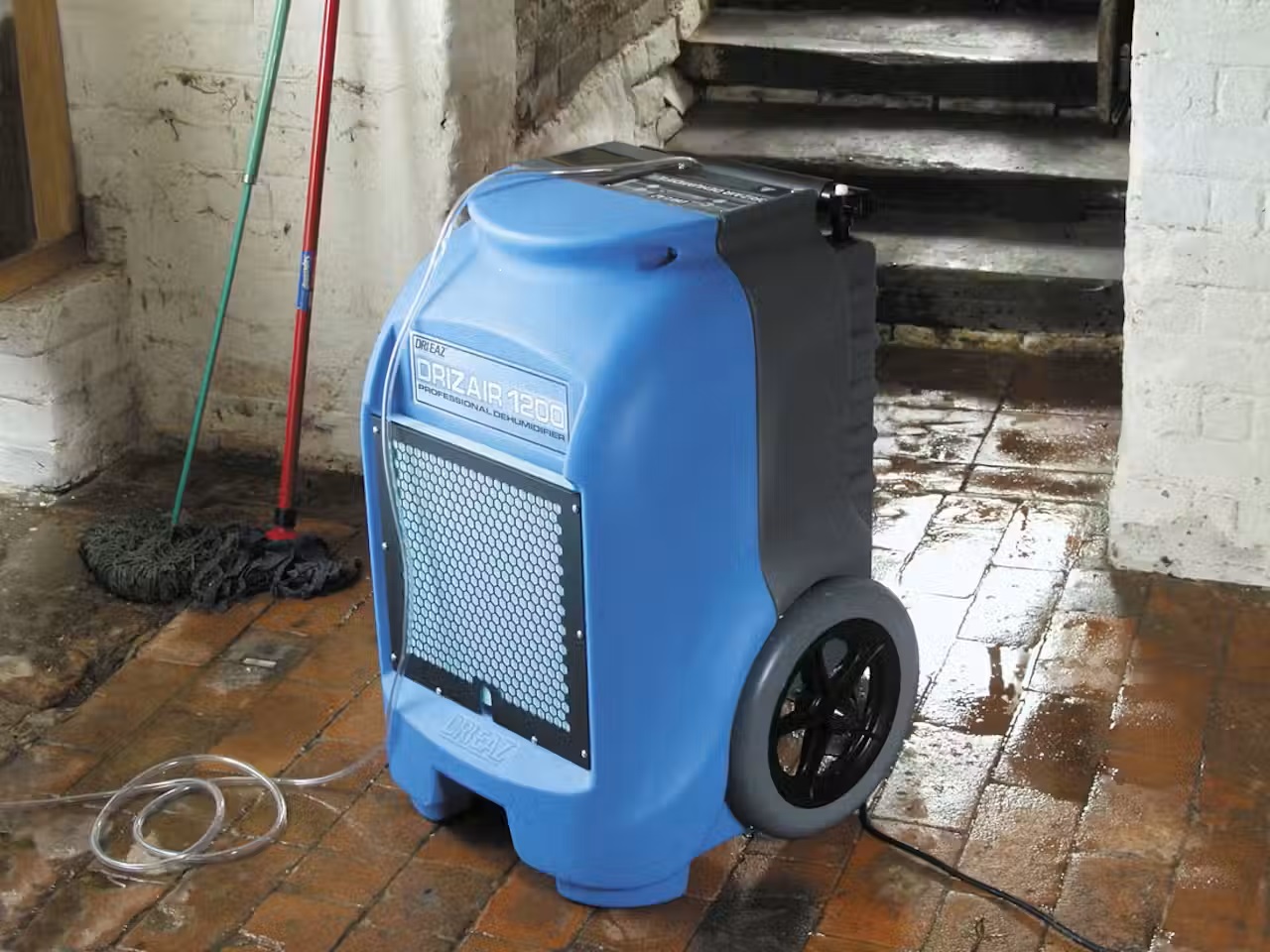
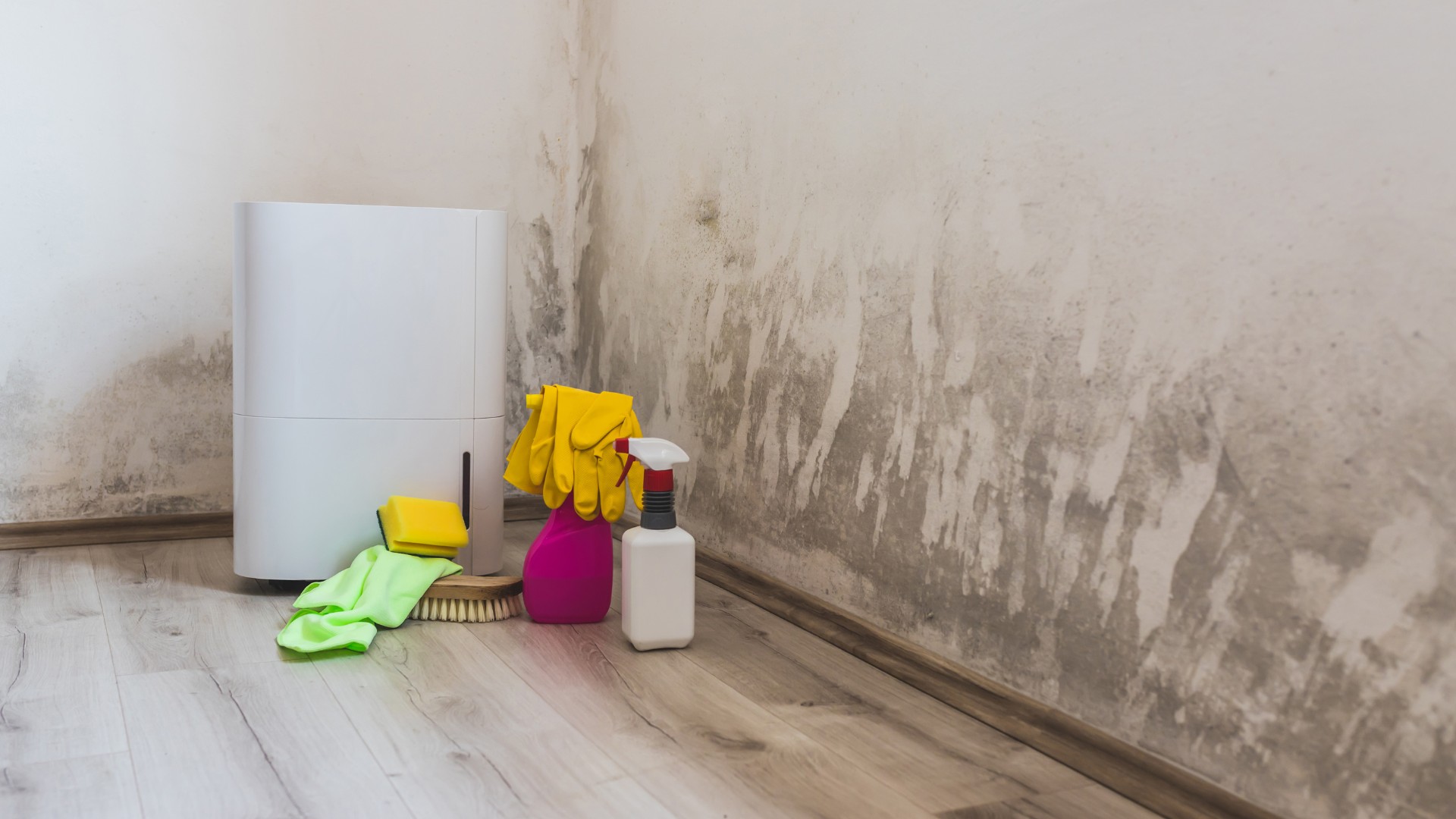
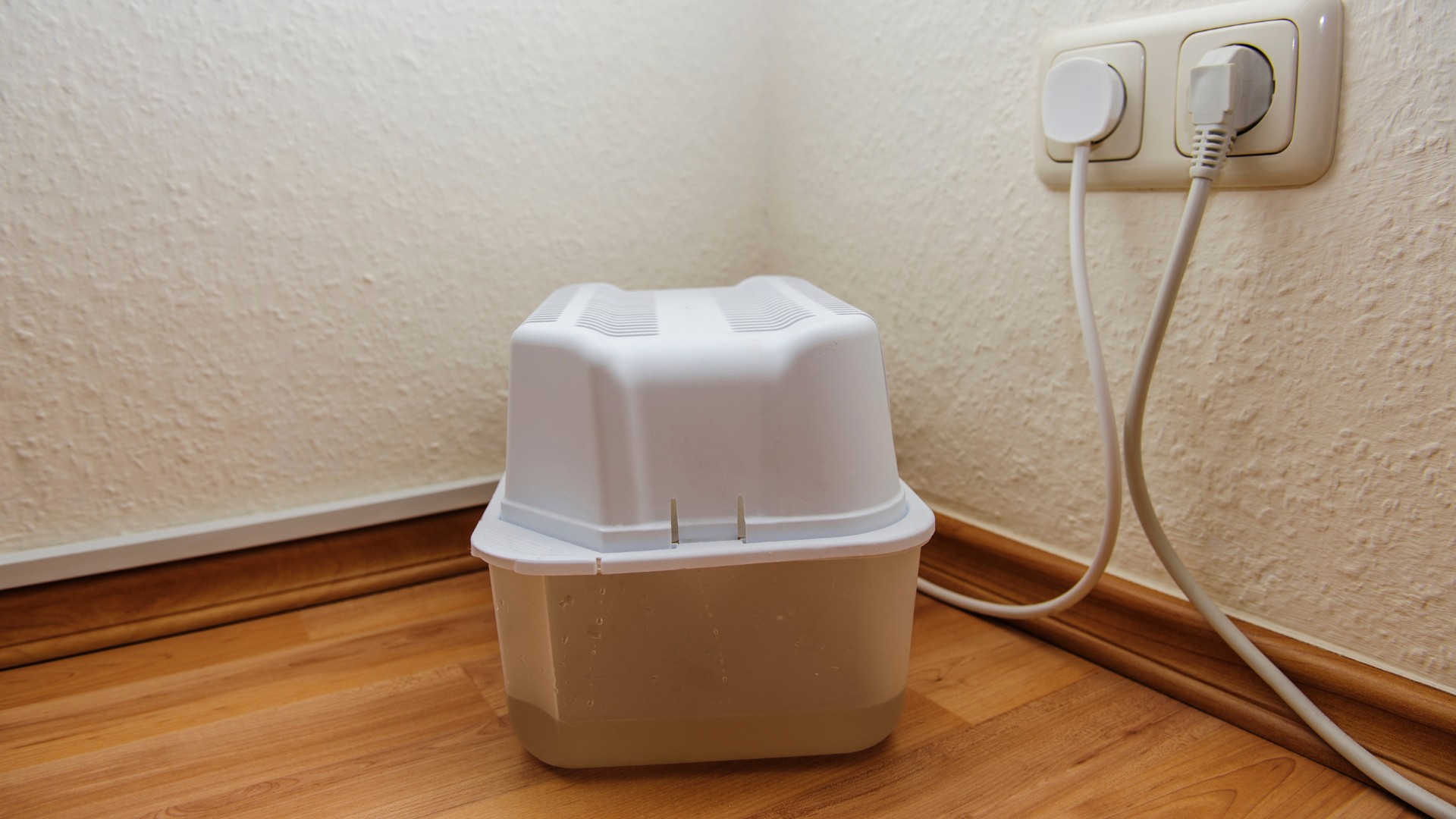
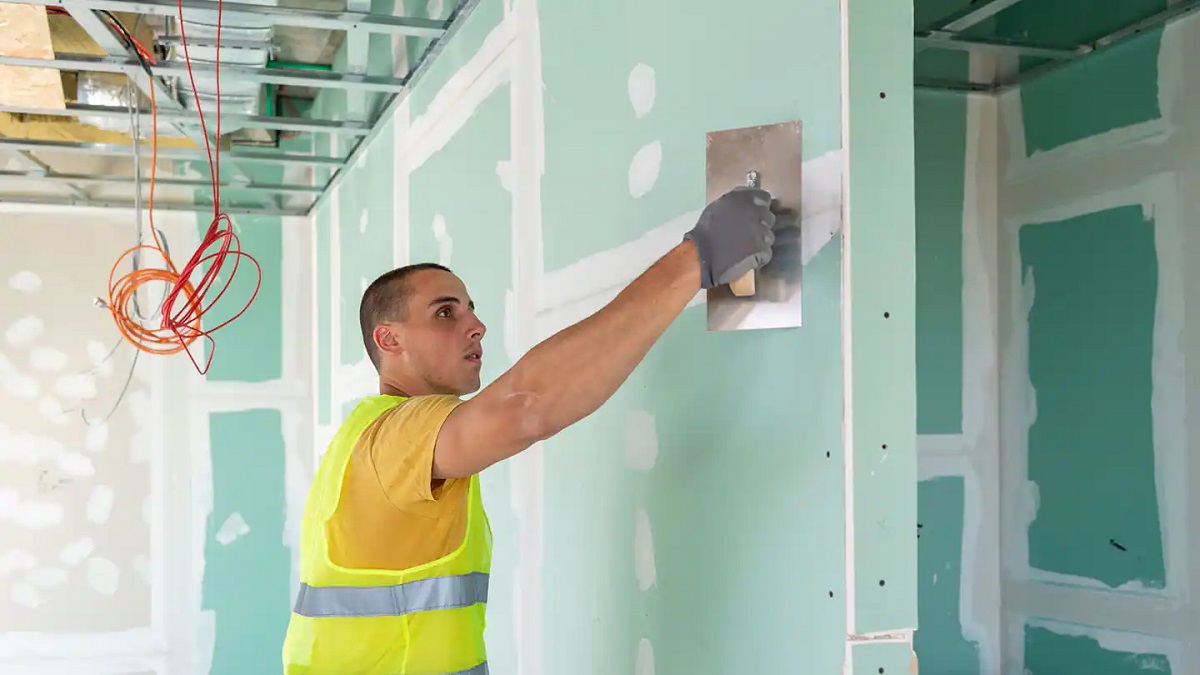
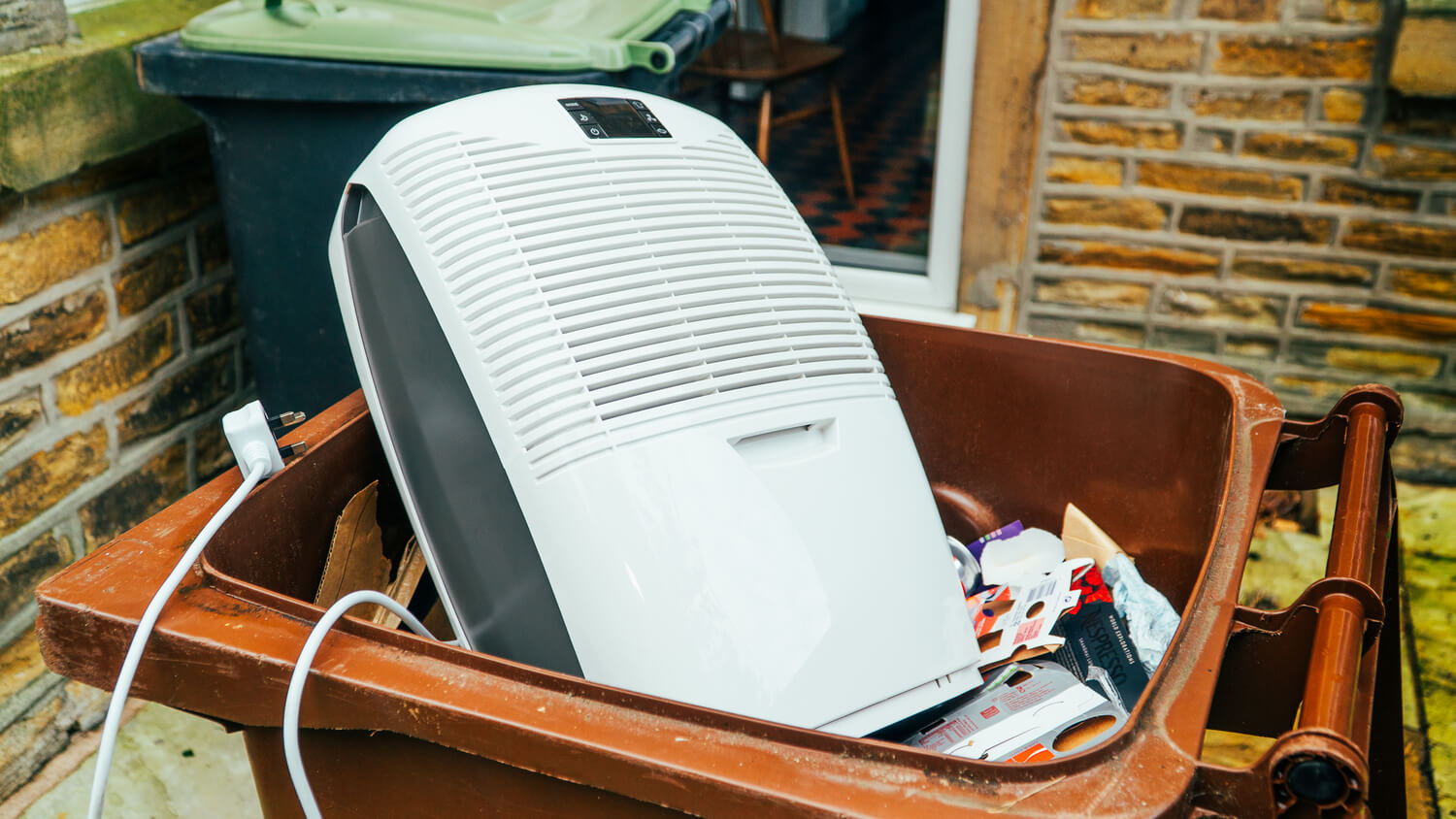
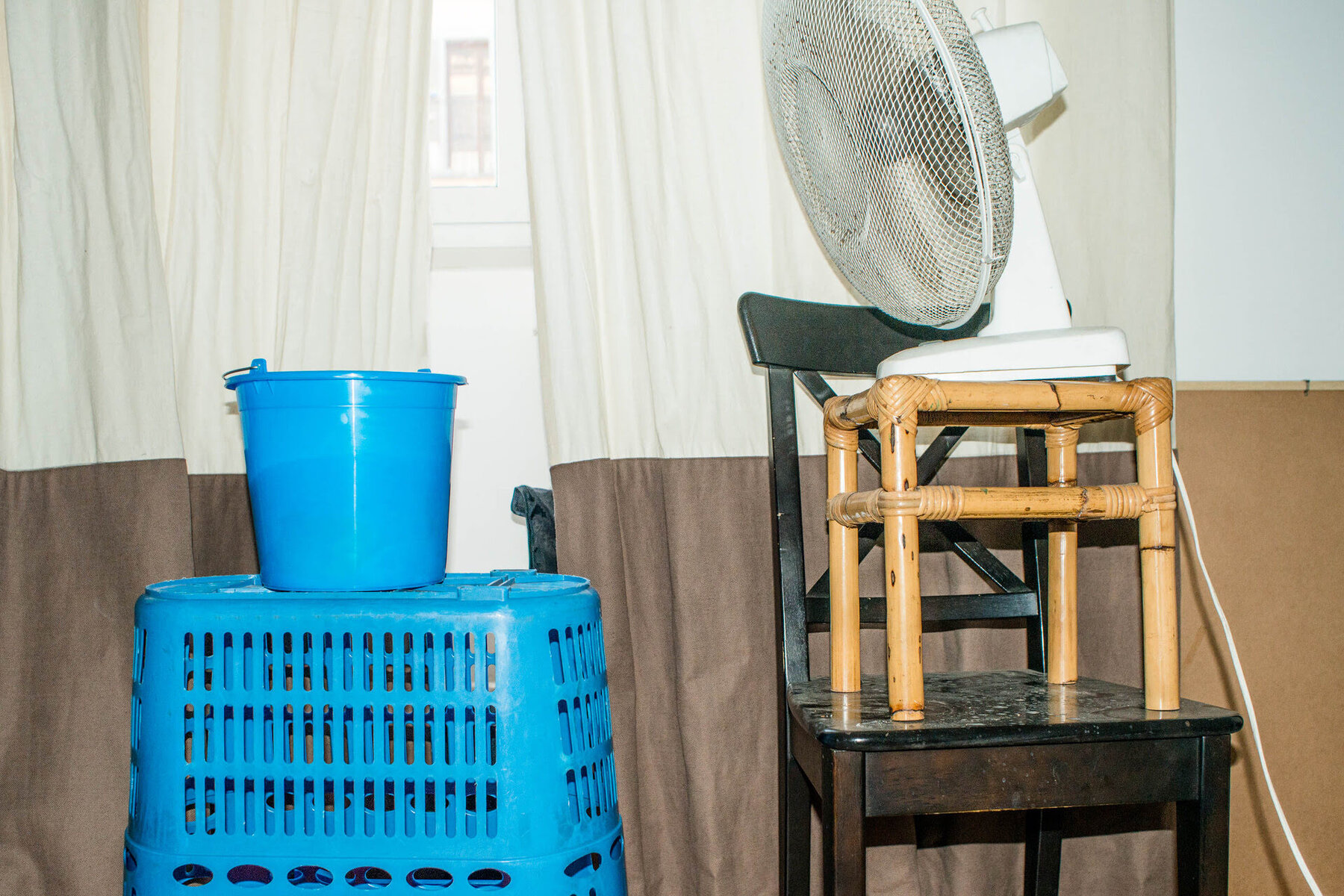
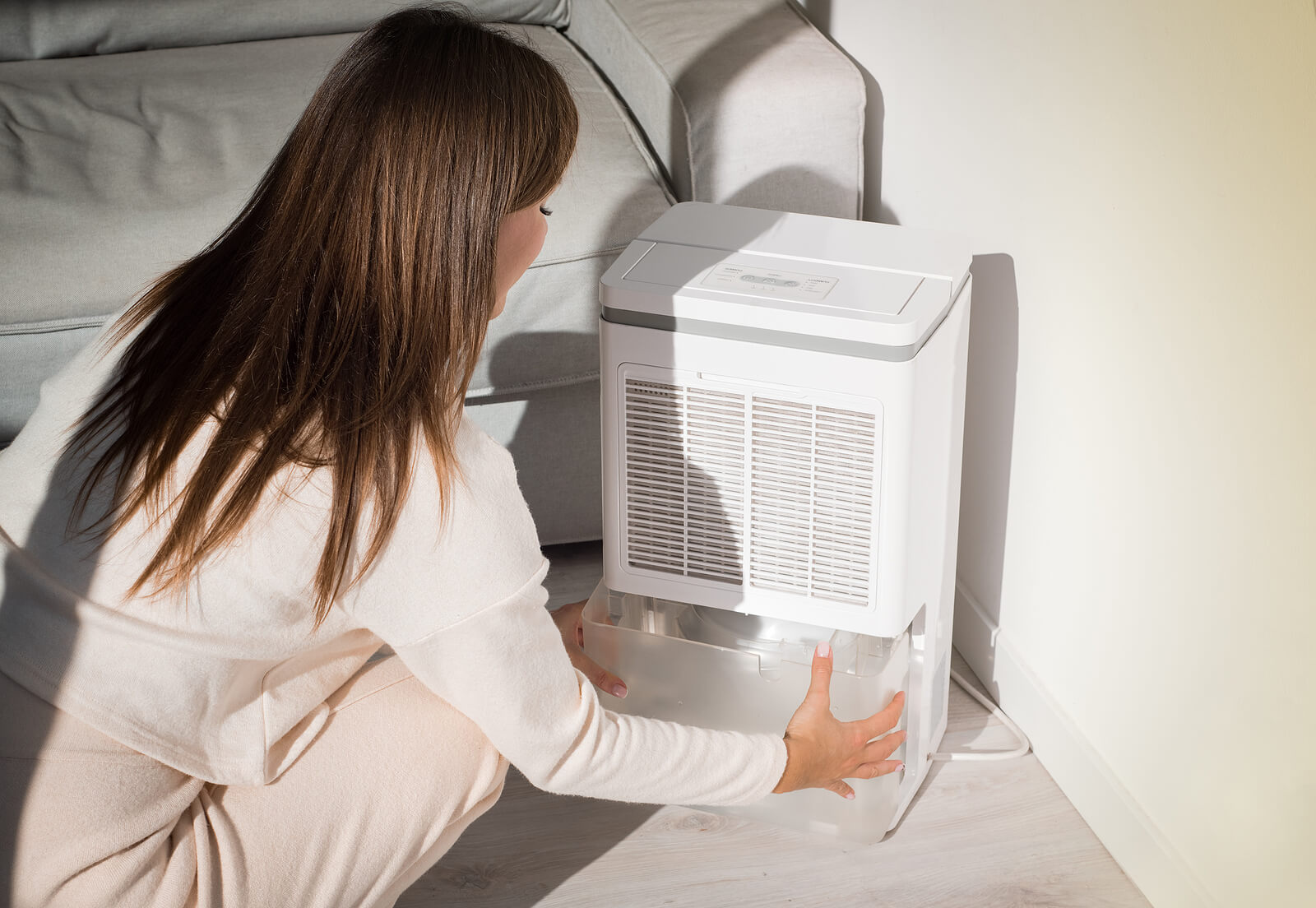
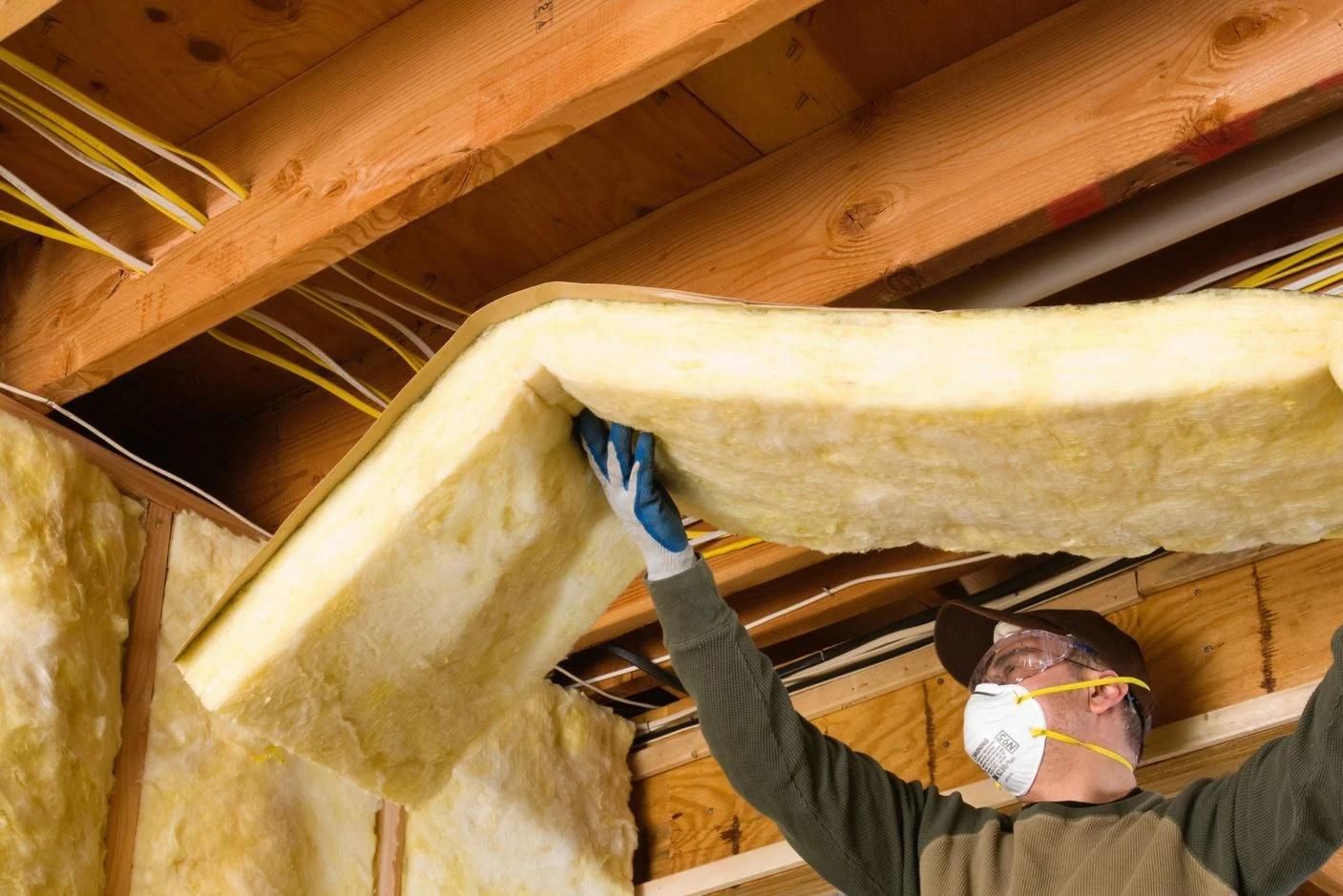
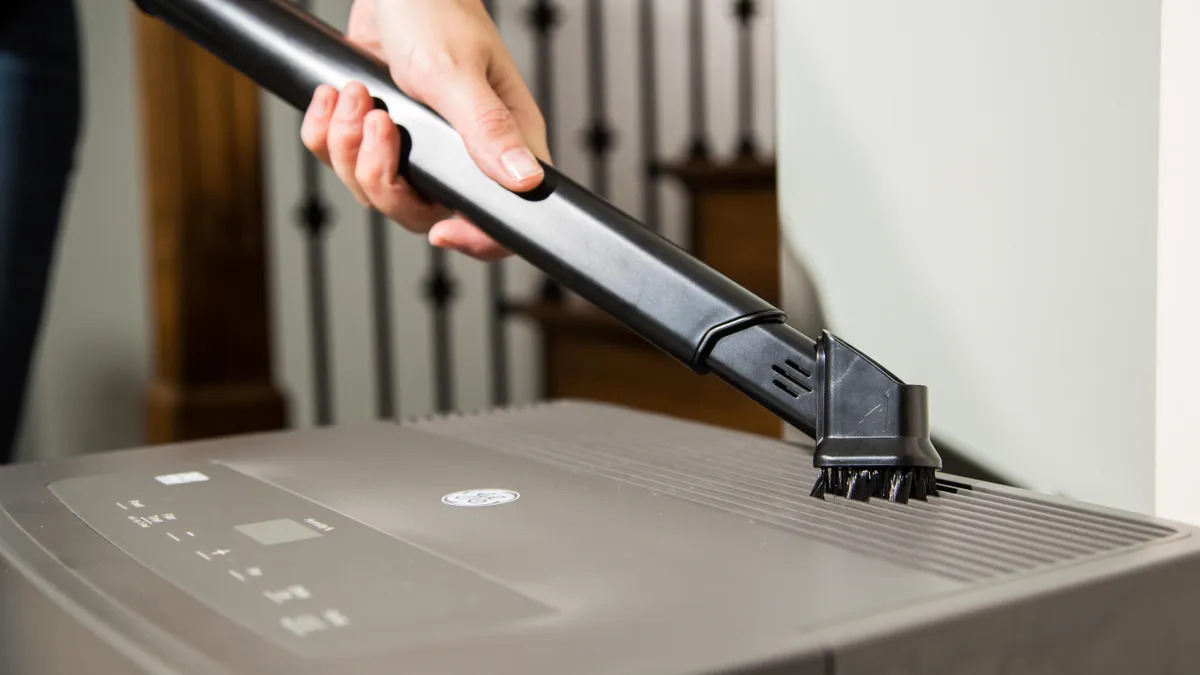

0 thoughts on “How To Use Dehumidifier For Basement”